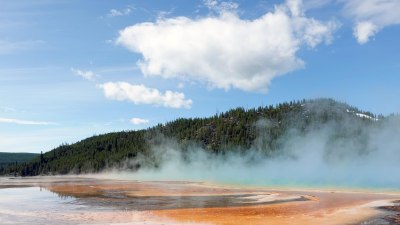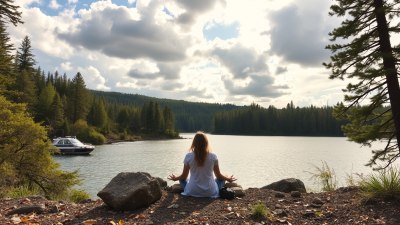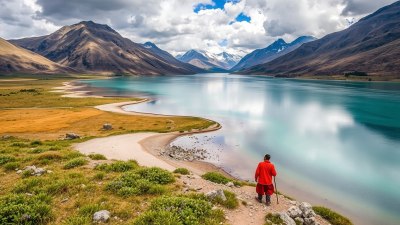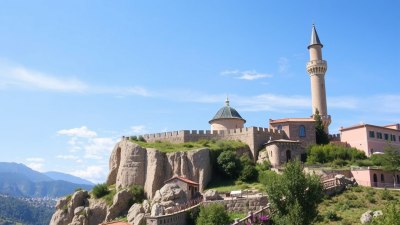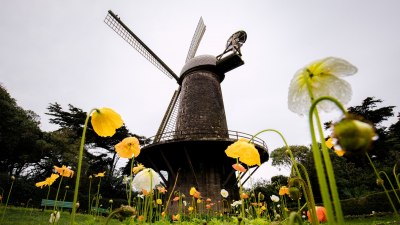Why You Should Visit This Sleeping Volcano Before It Wakes Up
Discover the allure of visiting a sleeping volcano before it becomes active. Explore its beauty, history, and adventure.
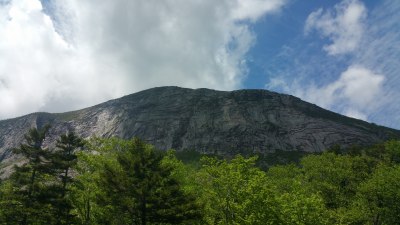
Image by jaredmoore on Freepik
Volcanoes are among the most fascinating natural wonders on Earth, offering breathtaking landscapes, rich histories, and valuable insights into our planet's geology. A sleeping volcano, or a dormant volcano, holds a special allure. Such volcanoes may not be currently active, but their potential to awaken evokes intrigue and caution. This article explores the reasons why visiting a sleeping volcano before it wakes up can be an unforgettable adventure, full of discovery, beauty, and thrilling experiences.
The Allure of the Unknown
One of the primary reasons to visit a sleeping volcano is the inherent mystery it presents. Unlike active volcanoes, which are known constants in their behavior, the future of dormant volcanoes is unpredictable. The anticipation of what might happen adds an exhilarating edge to your visit. The knowledge that you are standing atop a natural phenomenon that could awaken at any moment heightens your experience. This allure of the unknown attracts adventure seekers and nature lovers alike, who are eager to explore these majestic formations.
Breathtaking Landscapes
Sleeping volcanoes often boast stunning landscapes that vary from lush green forests to stark rocky outcrops. The flora and fauna surrounding these geological wonders can be incredibly diverse, providing a perfect backdrop for photographers and nature enthusiasts. Many dormant volcanoes are surrounded by national parks or protected areas, which serve to preserve their natural beauty. Hiking trails often lead to breathtaking viewpoints that showcase the panoramic beauty of the region. Whether you are at the summit gazing down into a vast crater or exploring the lush valleys below, the views are sure to be unforgettable.
Unique Ecosystems
The ecosystems surrounding sleeping volcanoes can be unique and diverse. The volcanic soil tends to be rich in nutrients, fostering a variety of plant species that may not thrive elsewhere. You may encounter endemic species that have adapted specifically to the volcanic environment. Observing these ecosystems and the wildlife they support provides invaluable opportunities for ecological education and appreciation. Birdwatchers, in particular, may find dormant volcanoes to be rich habitats for a wide range of avian life, from colorful parrots to soaring raptors.
Cultural Significance
Many sleeping volcanoes have cultural or historical significance for the communities that reside in their shadows. These volcanoes may be considered sacred by local indigenous populations or have inspired myths and legends over generations. Visiting a dormant volcano often provides an opportunity to learn about the rich history, traditions, and cultural practices of local communities. Guided tours frequently include insights into how local cultures view and interact with these natural formations, thus enhancing your experience and understanding of the area.
Recreational Opportunities
From hiking to camping to photography, sleeping volcanoes offer a wide range of recreational activities for visitors. Trails often wind their way around the volcano, allowing for various levels of difficulty to cater to different skill sets. For more adventurous souls, opportunities for rock climbing and mountaineering may await on the steeper slopes. Camping on the flanks of a sleeping volcano, particularly during a starry night, can provide a magical experience, where visitors can listen to the sounds of nature around them while keeping an eye on the night sky for shooting stars.
The Science of Volcanoes
Visiting a sleeping volcano presents an excellent opportunity to learn about geology and volcanic activity. Many volcanoes have visitor centers or educational displays that explain their geology, volcanic history, and the science behind eruptions. Gaining insights into how these majestic formations are monitored can enhance your appreciation of Earth's geology. Through guided tours or educational programs, you may learn how scientists track seismic activity, how eruptions are forecasted, and how these natural phenomena affect the surrounding environment. Engaging in discussions with knowledgeable guides can deepen your understanding of Earth’s dynamic systems.
Photography and Art Inspiration
The dramatic landscapes and unique geological features of sleeping volcanoes have long been a source of inspiration for artists and photographers. Whether it is the play of light at dawn and dusk, the contrasting colors of the volcanic rock against green vegetation, or the intricate patterns created by erosion, there are endless opportunities for capturing stunning images. Artists may find the serenity found in these landscapes perfect for painting, drawing, or other creative outlets. Engaging with the stunning visual aspects of a sleeping volcano can allow individuals to connect with nature in a profound way.
Adventuring with a Purpose
Visiting a sleeping volcano can also provide the chance to contribute to valuable conservation efforts. Many national parks and reserves surrounding volcanic areas rely on tourism for funding and maintenance. By visiting, you not only experience the beauty of these areas but also support their preservation for future generations. Some initiatives may offer volunteer opportunities, enabling you to actively participate in conservation projects aimed at protecting the flora and fauna of the region. These experiences help visitors see themselves as part of a greater effort to protect our planet.
Planning Your Visit
Before embarking on your journey to a sleeping volcano, it is essential to plan appropriately. Research your chosen destination to understand the unique characteristics of the volcano, what activities are available, and any safety precautions you should take. Many sleeping volcanoes can be visited year-round, but certain times of year may offer better weather conditions and fewer crowds. Be sure to pack necessary gear for hiking or camping, including comfortable footwear, hydration supplies, and appropriate clothing for changing weather conditions. It’s also important to be respectful of the natural environment by following Leave No Trace principles.
Don't Miss This Opportunity
The opportunity to visit a sleeping volcano is one that should not be missed. From the breathtaking landscapes and rich ecosystems to the cultural significance and recreational activities, there is something for everyone. The thrill of standing atop a geological wonder that could awaken at any time, coupled with the educational and conservation opportunities, makes for a compelling adventure. Whether you seek adrenaline through hiking and exploration or simply wish to absorb the beauty and serenity of nature, a dormant volcano provides an ideal setting. Plan your visit before it's too late, and take the chance to explore one of nature's most magnificent creations.




